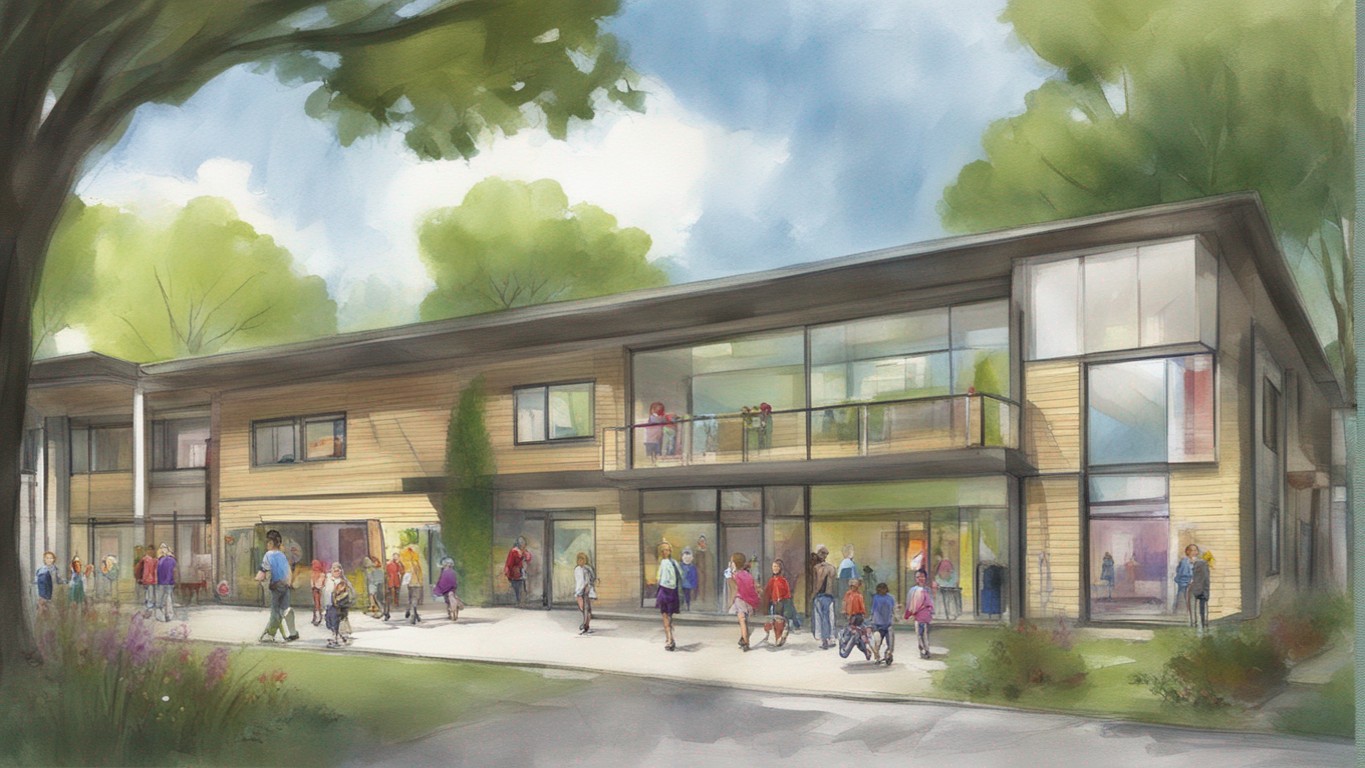Background and Events
The Location: The tragedy unfolded at Dunblane Primary School, a well-regarded school in a small and peaceful Scottish town.
The Perpetrator: Thomas Hamilton, a 43-year-old former Scout leader with a troubled past, was the man behind the massacre.
Hamilton was known to have various personal and social difficulties.
Early Life: Hamilton was reportedly a loner and had difficulty forming relationships. His early life was marked by isolation, and some reports suggest he was bullied.
Professional Struggles: Hamilton had aspirations to work with young people, particularly boys, and set up several youth clubs. However, his behavior was often deemed inappropriate, leading to suspicions and complaints from parents and other adults.
Rejection by Scout Organization: Hamilton’s efforts to become involved with the Scout movement were repeatedly rejected, adding to his sense of failure and rejection. He was removed from his position as a Scout leader due to concerns about his behavior towards the boys, and his attempts to rejoin were unsuccessful.
Social Isolation: As his reputation deteriorated, Hamilton became increasingly isolated from the community. He was often described as paranoid, believing that there was a conspiracy against him to ruin his reputation.
Mental Health Concerns: Some reports suggest that Hamilton may have had underlying mental health issues that were never formally diagnosed or treated.
Financial Difficulties: Hamilton also faced financial struggles, as his various endeavors often failed, adding to his frustrations.
Obsession with Guns: Hamilton developed an obsession with firearms, which played a significant role in the tragedy.
The Attack: Armed with four handguns, Hamilton entered the school’s gymnasium and opened fire on a class of kindergarten children and their teachers. In just a matter of minutes, he killed 16 children, all aged five or six, and their teacher, Gwen Mayor. Another 15 children and three adults were injured.
Hamilton then turned one of the guns on himself and committed suicide, bringing the total death toll to 18.
The Community’s Response
The entire community of Dunblane was devastated by the tragedy. There was an outpouring of grief and support from across Scotland and the wider UK. Mourners left flowers and tributes, and a memorial service was held in Dunblane Cathedral.
Legal and Political Aftermath
The massacre prompted an intense public debate about gun control in the UK. A subsequent inquiry into the killings, known as the Cullen Inquiry, led to several recommendations, including tighter restrictions on gun ownership.
The Firearms (Amendment) Act 1997: This act effectively banned private ownership of handguns in the UK. The legislation was passed quickly, reflecting the widespread public demand for action.
Legacy
The Dunblane Massacre remains one of the deadliest mass shootings in British history. Its impact continues to be felt, not only in the lives of the survivors and the families of those killed but also in the national consciousness.
The school gymnasium where the killings took place was demolished, and a new gymnasium was built along with a memorial garden.
The families of those killed have continued to advocate for tighter gun control measures and have lent support to similar campaigns in other countries.
The Dunblane Massacre was a horrifying event that shattered a community and led to significant changes in British law. Its memory serves as a somber reminder of the potential consequences of inadequate gun control and the importance of community and compassion in the wake of such unthinkable tragedy.
